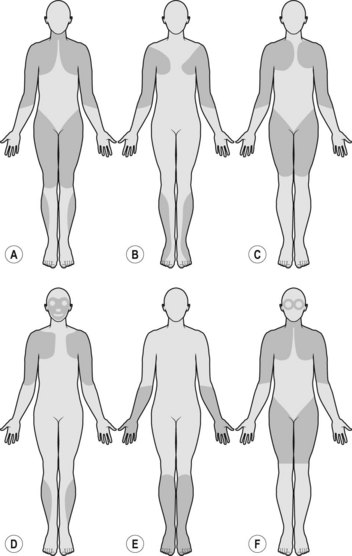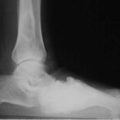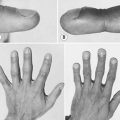88 Becker muscular dystrophy
Salient features
Questions
What is the difference between Duchenne and Becker muscular dystrophy?
By definition, patients with Becker muscular dystrophy can ambulate beyond the age of 15 years. The onset in Becker is usually between the ages of 5 and 15 years, but onset can occur in the third or fourth decades or even later. The majority survive into the fourth or fifth decades. Becker muscular dystrophy is less common (3 per 100 000 live male births) and has a more variable presentation of skeletal muscle weakness (Fig. 88.1).
Advanced-level questions
Mention other X-linked myopathies
• X-linked tubular myopathy linked to Xq28
• McLeod syndrome, where the responsible gene has been localized to Xp21 and the phenotype is characterized by mild, even subclinical, myopathy, acanthocytosis and haemolytic anaemia. The definitive diagnosis rests on determination of the Kell red cell antigen phenotype
• Emery–Dreifuss muscular dystrophy, first described in a large family in Virginia by Emery and Dreifuss in 1966. Known association with deutan colour blindness led to localization of the gene on Xq28. The weakness presents in early childhood and is slowly progressive. The distribution of weakness is unique: an early humeral–peroneal pattern eventually evolves into a scapulo-humero-pelvo-peroneal distribution. Marked focal atrophy of the humeral and peroneal muscles is a consistent feature. Pseudohypertrophy is absent, except in extensor digitorum brevis.







